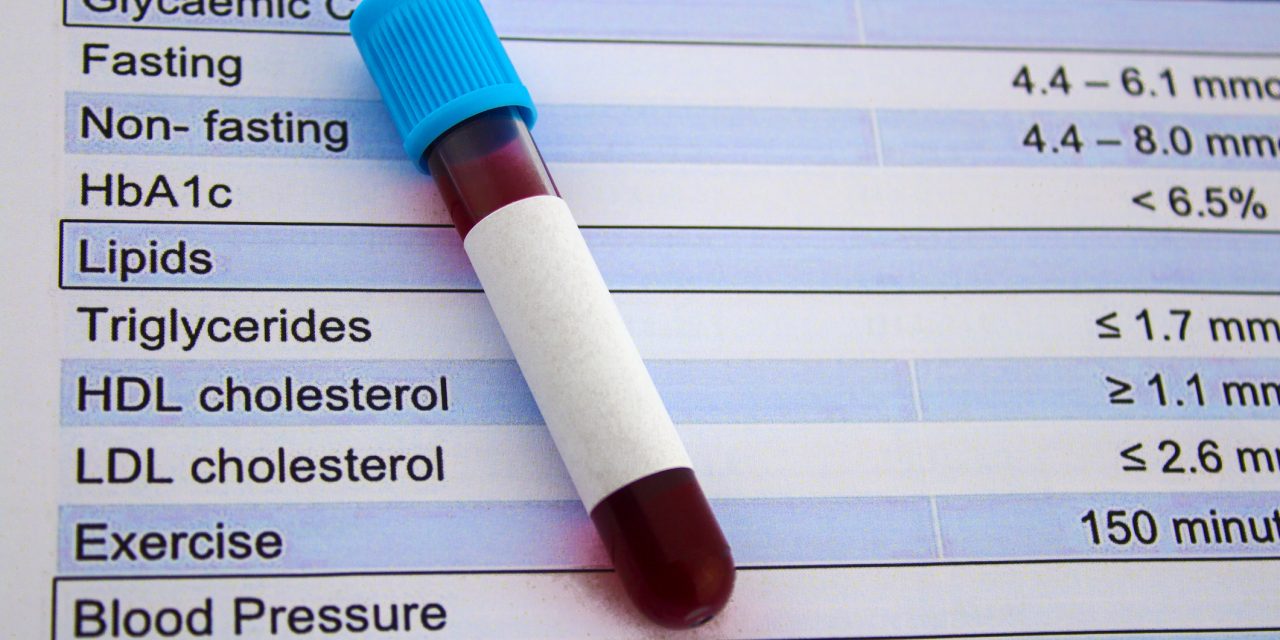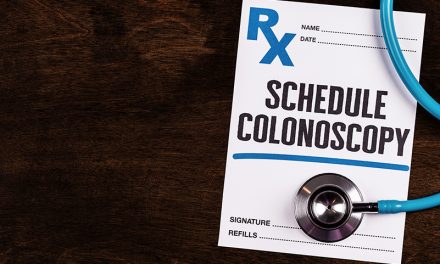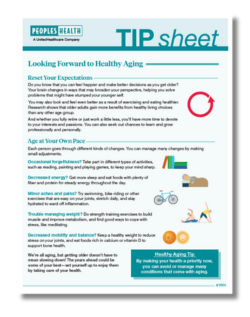Blood Pressure
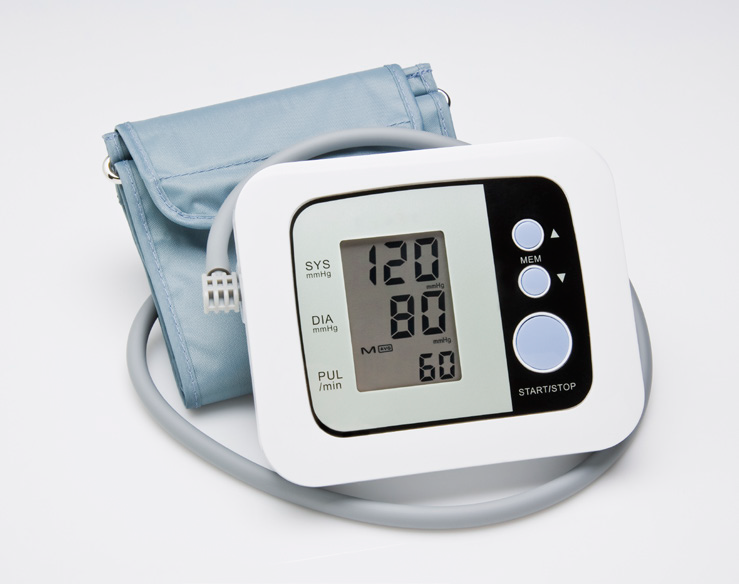
Systolic pressure is the top number. It is the force of your blood when your heart beats. Diastolic pressure is the bottom number. It is the force of your blood when your heart relaxes between beats.
Classification
Top Number
Bottom Number
Cholesterol
Your body makes all the cholesterol it needs, but you can also get it from foods like meat, eggs and dairy products.
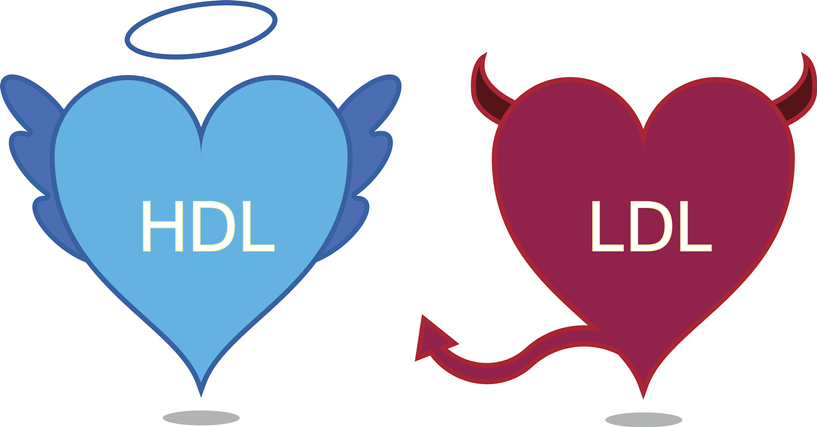
Total Cholesterol Level
Category
Blood Sugar
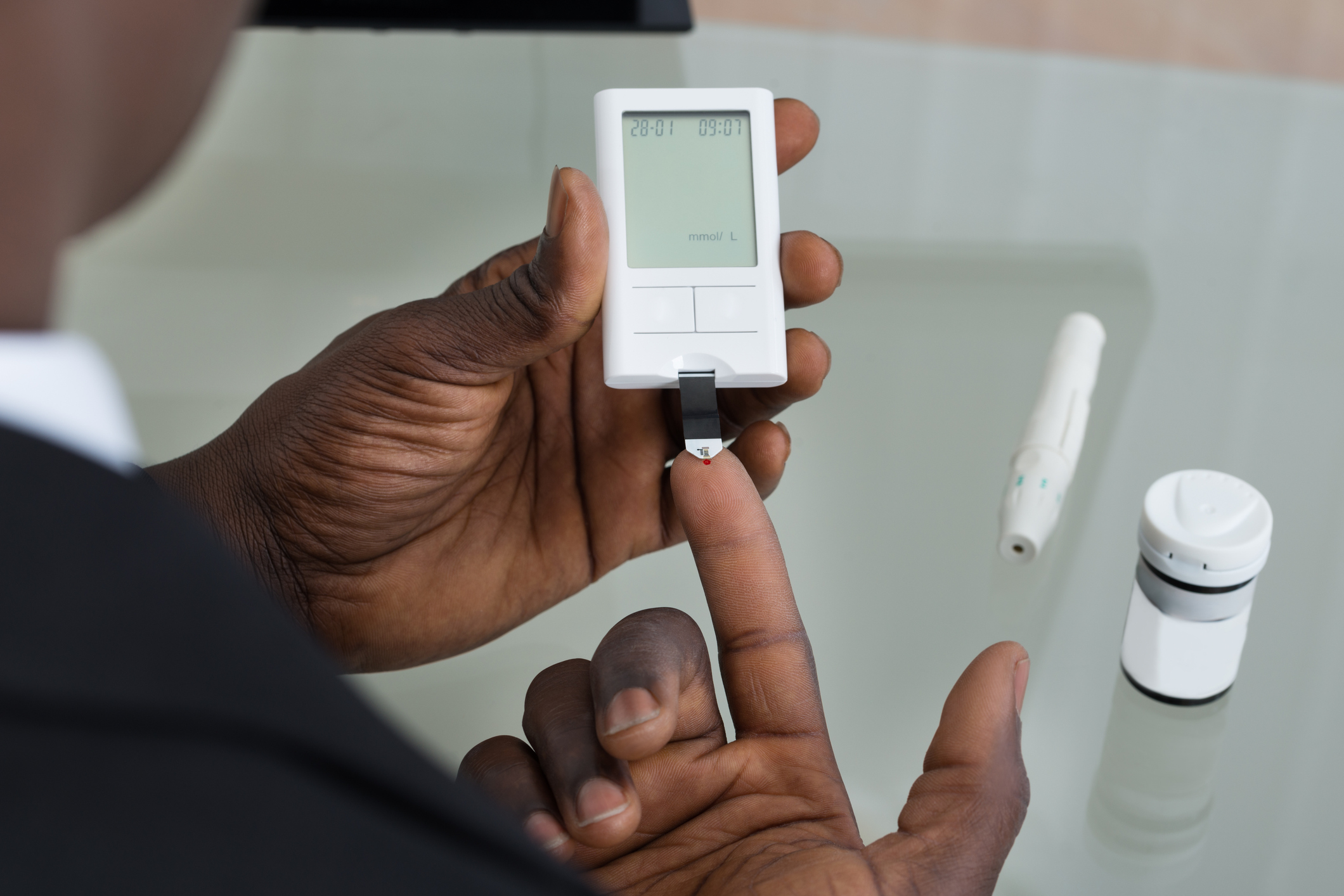
Blood taken after an overnight fast is used for a fasting blood sugar test. You can do this test at home with a lancet (a small, sharp needle) and a glucose meter.
An A1c test is a blood test that tells your average blood sugar level over the past two to three months. It measures the percent of blood sugar attached to your red blood cells.
Fasting Blood Sugar
Category
A1c Level
Category

If you have high blood pressure, high cholesterol, prediabetes or diabetes, talk with your doctor about ways to keep your numbers at a healthy level. You should talk about your medications, too. Your condition may change over time, which means you might need different dosages or new medications. Healthy lifestyle choices also help keep your numbers at the right level. These can include having a healthy weight, eating a balanced diet and getting at least 30 minutes of cardio exercise five days a week.

